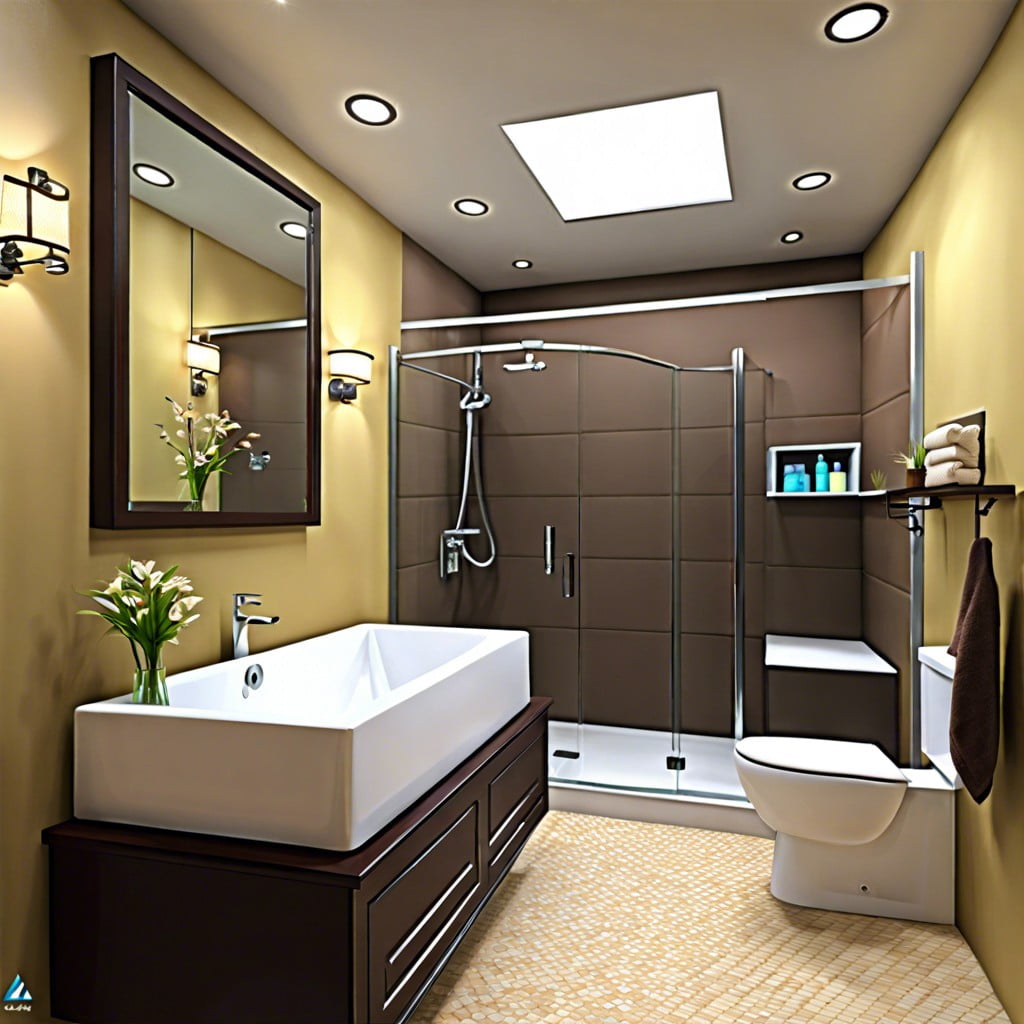Last updated on
This article examines the common causes of frequent urination and when it may signal a need to seek medical attention.
Key takeaways:
- Frequent urination is defined as eight or more trips to the bathroom in a 24-hour period.
- Causes can range from lifestyle factors to underlying medical conditions.
- Diagnosis may involve a urinary diary, urinalysis, and further tests if necessary.
- Treatment options include lifestyle changes, exercises, medications, and invasive procedures.
- Seek medical attention if symptoms disrupt daily life or if there are accompanying symptoms like pain, blood in urine, or changes in urine color and odor.
Definition of Frequent Urination
Understanding the normalcy of one’s bathroom habits varies by individual, but the general benchmark for frequent urination tends to fall at eight or more trips to the loo within a 24-hour period.
It’s essential to distinguish between increased fluid intake or diuretics (like coffee) and a persistent need that disrupts daily life.
This condition is not just about high frequency; urgency, nocturia (nighttime bathroom visits), and the volume of urine can be key indicators.
The spectrum ranges from mild annoyance to a red flag for underlying health conditions, setting the stage for a deeper probe into causes and solutions.
Possible Causes of Frequent Urination
The urge to urinate can be sparked by a variety of factors ranging from lifestyle choices to underlying medical conditions. Consuming large quantities of fluids, especially those laced with caffeine or alcohol, acts as diuretics, increasing urine production.
For women, pregnancy presses the growing uterus on the bladder, causing you to feel the call of nature more often. Men aren’t exempt; an enlarged prostate gland can trigger the same incessant urge.
Some health issues lurk behind this symptom, with urinary tract infections (UTIs) leading the charge, inflaming and irritating the bladder lining. Diabetes, both types 1 and 2, might introduce themselves through this disruptive sign, as excess blood sugar gets flushed out.
Neurological diseases, such as multiple sclerosis or stroke, disrupt communication lines between the brain and bladder, sometimes turning on the faucet without warning. Overactive bladder syndrome, though not as ominous as it sounds, is essentially the bladder being a bit too enthusiastic, contracting more often than necessary.
While the occasional increased frequency could be your body’s natural response to certain circumstances, a persistent change merits attention and might require a deeper dive into your health status in search of a root cause.
Diagnosis and Testing for Frequent Urination
Navigating through the sea of possibilities around the cause of your frequent visits to the loo is a crucial step toward relief. Doctors may start with the simplest of questions about your liquid intake patterns or delve into your personal health history. Don’t be surprised if you’re quizzed on caffeine or alcohol consumption, as these can be undercover agents of your dilemma.
In the quest for clarity, your doctor might suggest a urinary diary – an insightful log of your fluid intake and output that brings patterns into sharp relief. Sometimes, the answers are as transparent as the data you collect.
Further sleuthing may involve a urinalysis, a simple test with the prowess to uncover infections, kidney woes, or diabetes by analyzing what’s in your pee. In some cases, a post-void residual measurement test can reveal whether your bladder is enjoying full relief or holding onto a secret stash of urine post-bathroom trip.
For some, the investigative journey may extend to ultrasound, cystoscopy, or urodynamic tests. These tools peek into the body’s inner workings, offering a non-invasive glance at the bladder’s form and function, or a more direct view through a tiny camera journeying into the urinary tract. Or they may measure the bladder’s ability to empty steadily and completely.
Remember, this exploratory phase is a team effort with your doctor, so curiosity about the process can serve you well. The key is not to let the discussion or tests intimidate you but to see them as the map leading you out of the bathroom’s revolving door.
Treatment for Frequent Urination
Addressing the issue head-on often begins with lifestyle changes. Reducing caffeine and alcohol intake can reduce symptoms as these substances are diuretics that increase urine production. Paying attention to fluid intake, especially before bedtime, is another practical step.
However, for some, the problem goes beyond simple lifestyle adjustments. In these cases, pelvic floor exercises such as Kegels can strengthen the muscles involved in urination, offering better control. For individuals with overactive bladders, bladder training—gradually increasing the intervals between using the toilet—can be beneficial.
Medication is also a viable option. Anticholinergics can calm an overactive bladder, and alpha-blockers can help with bladder control in men with prostate problems. Additionally, newer medications like mirabegron relax the bladder muscle, increasing its capacity.
Sometimes, treatment requires more than medication and exercises. Minimally invasive procedures such as nerve stimulation, which modulates the nerves responsible for bladder control, or injections like Botox, which temporarily paralyzes overactive bladder muscles, present advanced solutions. For severe cases, surgery might be the only recourse.
It’s essential to devise a strategy with a healthcare professional that addresses the underlying cause because a one-size-fits-all approach rarely applies to frequent urination.
When to Contact a Doctor
It’s crucial to recognize the fine line between the occasional extra trip to the restroom and a symptom that warrants medical attention. Pay attention if the frequency disrupts your daily routine or sleep cycle. Associated discomfort, including pain or burning sensations during urination, is another red flag.
Visible blood in the urine or a significant change in color and odor can indicate underlying health issues. If you notice accompanying symptoms like fever, back pain, or incontinence, it’s time to consult a healthcare professional. These could be signs of a urinary tract infection, diabetes, or a more serious kidney condition.
Don’t hesitate to seek advice if there’s a stark or sudden change in your urination patterns – it’s always better to err on the side of caution when it comes to health matters.
Recap




